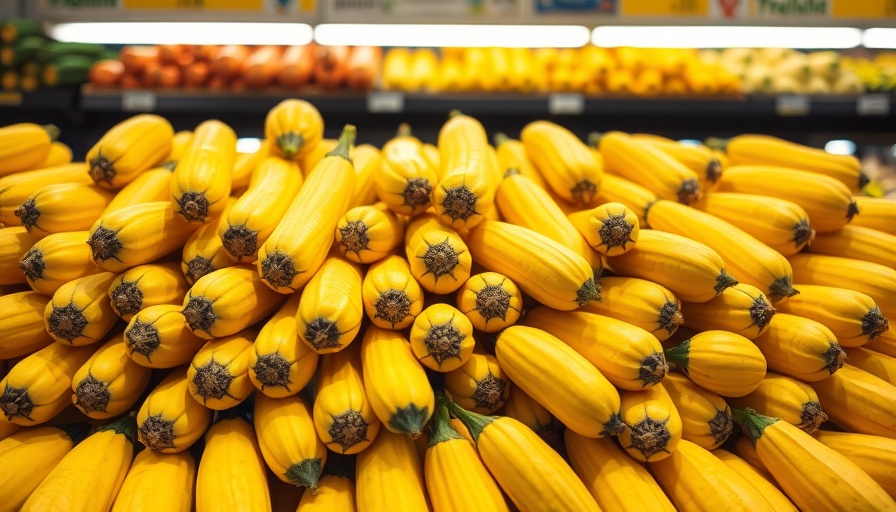
Understanding the Impact of Food Prices on Healthy Eating
A recent survey conducted by the Pew Research Center highlights a growing concern among Americans regarding the accessibility of healthy food options. As grocery prices soar, a significant portion of the population struggles to maintain a nutritious diet, leading to a continued decline in overall diet quality across the nation.
Who is Most Affected?
The findings reveal that the impact of rising food costs is felt most acutely by lower-income adults. More than two-thirds of respondents from this demographic reported that high prices inhibit their ability to eat healthily. However, this challenge extends beyond financial constraints, affecting middle and upper-class households as well. Even as incomes increase, the rising cost of healthier options often leads to a reliance on more affordable, yet less nutritious, food choices.
Why Eating Healthy Matters
Healthy eating is vital for maintaining overall well-being and preventing chronic diseases. According to the Center for Disease Control and Prevention (CDC), a poor diet is linked to conditions such as obesity, diabetes, and heart disease. The struggles families face in providing nutritious meals can have long-term consequences not just for individual health but for public health as a whole.
Historical Context: Food Pricing Trends
Historically, the pricing of food has fluctuated based on various factors including supply chain disruptions, agricultural challenges, and economic shifts. The COVID-19 pandemic exacerbated many of these issues, leading to significant price increases. The USDA reports that food prices in the U.S. rose by more than 5% from 2020 to 2021, emphasizing a trend that shows no signs of slowing.
Alternatives and Actionable Insights
For families grappling with high food costs, several strategies may help mitigate the impact. Planning meals ahead, shopping with a list to avoid impulse purchases, and focusing on seasonal produce can lead to healthier dietary habits while remaining cost-effective.
Community programs aimed at increasing access to fresh foods, such as farmers' markets or local co-ops, can also play a significant role in providing affordable healthy options. Additionally, awareness of food assistance programs, like SNAP, is crucial for families who need financial support to obtain nutritious food.
A Glimpse into the Future: Trends Shaping Food Accessibility
The future of food pricing and accessibility will likely continue to evolve amid changing economic conditions. As consumers demand healthier options, we may see innovations in the market aimed at reducing costs while increasing the availability of wholesome foods. Furthermore, increasing support for local agriculture can empower communities and help alleviate some of the burdens associated with rising food prices.
Confronting Misconceptions Around Healthy Eating
A common misconception is that eating healthily is significantly more expensive. While certain organic and specialty items can carry a hefty price tag, many nutritious foods, such as beans, whole grains, and seasonal fruits and vegetables, can be affordable and accessible for everyone. Education around food choices and preparation can be key in changing perceptions and empowering individuals to take charge of their health.
Conclusion: The Need for Action
As the survey by Pew Research Center suggests, addressing the barriers to healthy eating is essential. The convergence of rising food prices and poor dietary habits necessitates immediate action from government, communities, and individuals alike. Advocating for policies that improve food availability and fostering programs that educate families about nutritious cooking can bridge the gap that high prices create.
It's crucial to stay informed and proactive about this pressing concern in our society. By supporting local initiatives and advocating for systemic changes, we can work towards a future where healthy eating is not an option, but a reality for all Americans.
 Add Row
Add Row  Add
Add 




 Add Row
Add Row  Add
Add 

Write A Comment